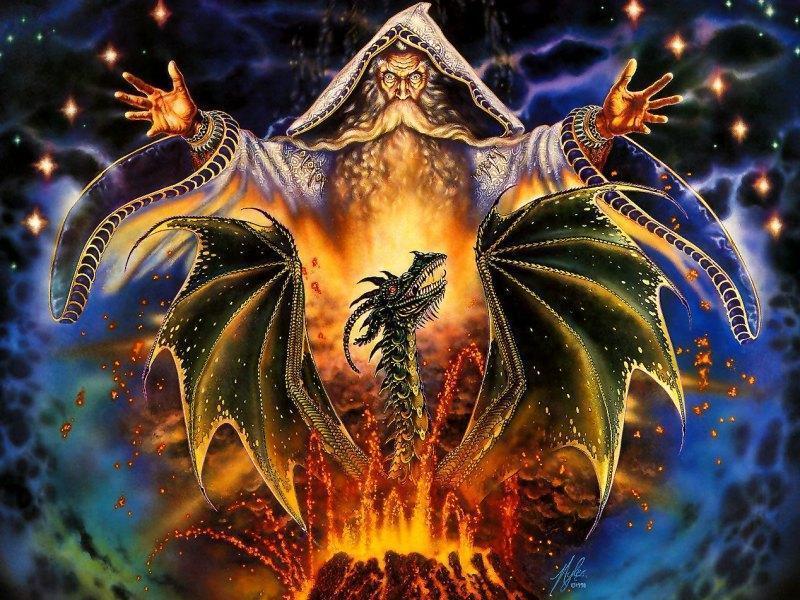Tag Archives: PHRENOLOGY
PHRENOLOGY
PHRENOLOGY
***********
11. Once the most popular of all psychic sciences phrenology was an offshoot of modern physiognomy as propounded by Johann Kaspar Lavater (1741 1801). Among Lavater’s admirers was Franz Joseph Gall, who was born in Baden in 1758, studied medicine in Strassburg, and became a practicing physician in Vienna, where, in 1796, he advanced his theories of phrenology, which he based on extensive research.
Just as physiognomy had its roots in ancient teachings, so could phrenology point to earlier findings. One dealt with general physical appearance as an index to individual traits; the other considered the formation of the skull as indicative of mental processes.
Both studies followed a similar pattern; With physiognomy, facial formations were checked against traits that they seemingly represented, which led to surveys of less obvious formations, which were accepted on the strength of positive – or negative – results.
With phrenology, Gall applied this same process of rationalization to the formation of the skull, dividing it into three major regions which offered rather obvious interpretations. Those areas were subdivided into many more, all identified by individual enlargements, or lack of such. Gall listed twenty-six of these, and compared the characteristics of persons having the same notable “Bumps” or developments.






